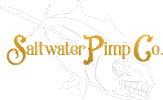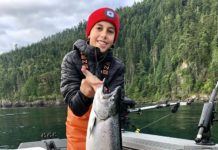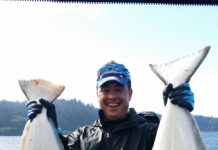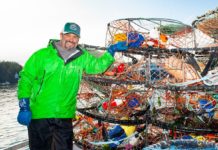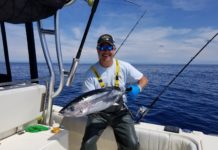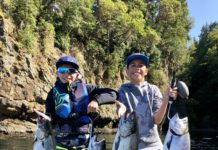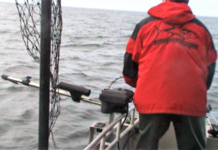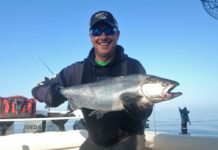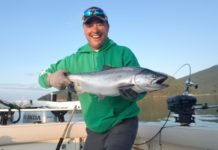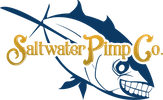
The deep-sea sponge, Forcepia species, produces a series of compounds called lasonolides, which exhibit promising biomedical properties for the treatment of pancreatic cancer.
Did You Know?
In 2003, researchers from Harbor Branch Oceanographic Institution traveled to the Gulf of Mexico to explore marine habitats in search of organisms possessing bioactive compounds with potential as pharmaceutical products or biomedical research tools.
Harbor Branch Oceanographic Institution ![]() has had an ongoing drug discovery research program since 1984. To date, the group has found over 250 compounds exhibiting anti-inflammatory, anti-cancer or anti-microbial effects.
has had an ongoing drug discovery research program since 1984. To date, the group has found over 250 compounds exhibiting anti-inflammatory, anti-cancer or anti-microbial effects.
People who are not familiar with ocean exploration often believe that the primary reason for investigating deep-sea ecosystems is little more than scientific curiosity. This perspective quickly changes, however, when they learn that these ecosystems are the source of promising new drugs for treating some of the most deadly human diseases.
Most drugs in use today come from nature. Aspirin, for example, was first isolated from the willow tree. Penicillin was discovered from common bread mold. To date, almost all of the drugs derived from natural sources come from land-dwelling organisms. But recently, systematic searches for new drugs have shown that marine invertebrates produce more antibiotic, anti-cancer, and anti-inflammatory substances than any group of terrestrial organisms. Particularly promising invertebrate groups include sponges, tunicates, ascidians, bryozoans, octocorals, and some molluscs, annelids, and echinoderms.
Some chemicals produced by marine animals that may be useful in treating human diseases include:
- Ecteinascidin: Extracted from tunicates; being tested in humans for treatment of breast and ovarian cancers and other solid tumors
- Discodermalide: Extracted from deep-sea sponges belonging to the genus Discodermia; anti-tumor agent
- Bryostatin: Extracted from the bryozoan, Bugula neritina; potential treatment for leukemia and melanoma
- Pseudopterosins: Extracted from the octocoral (sea whip) Pseudopterogorgia elisabethae; anti-inflammatory and analgesic agents that reduce swelling and skin irritation and accelerate wound healing
- w-conotoxin MVIIA: Extracted from the cone snail, Conus magnus; potent pain-killer
A striking feature of this list is that all of the organisms (except the cone snail) are sessile (non-moving) invertebrates. To date, this has been true of most marine invertebrates that produce pharmacologically active substances. Several reasons have been suggested to explain why sessile marine animals are particularly productive of potent chemicals. One possibility is that they use these chemicals to repel predators, because they are basically “sitting ducks.” Another possibility is that since many of these species are filter feeders, they may use powerful chemicals to repel parasites or as antibiotics against disease-causing organisms.
Competition for space may explain why some of these invertebrates produce anti-cancer agents. If two species are competing for the same piece of bottom space, it would be helpful to produce a substance that would attack rapidly dividing cells of the competing organism. Since cancer cells often divide more rapidly than normal cells, the same substance might have anti-cancer properties.
For More Information:
Medicines from the Deep Sea: Exploration of the Gulf of Mexico
Biological Diversity Equals Chemical Diversity–The Search for Better Medicines, Islands in the Stream 2002
Microfriends (pdf, 413 kb), NOAA Ship Okeanos Explorer Education Materials Collection: Why Do We Explore?
What Killed the Seeds? (pdf, 404 kb), NOAA Ship Okeanos Explorer Education Materials Collection: Why Do We Explore?
Watch the Screen (pdf, 413 kb), NOAA Ship Okeanos Explorer Education Materials Collection: Why Do We Explore?
Meet Dr. Shirley A. Pomponi, Natural Products Biologist, OceanAGE Careers
Sign up for the Ocean Explorer E-mail Update List.
